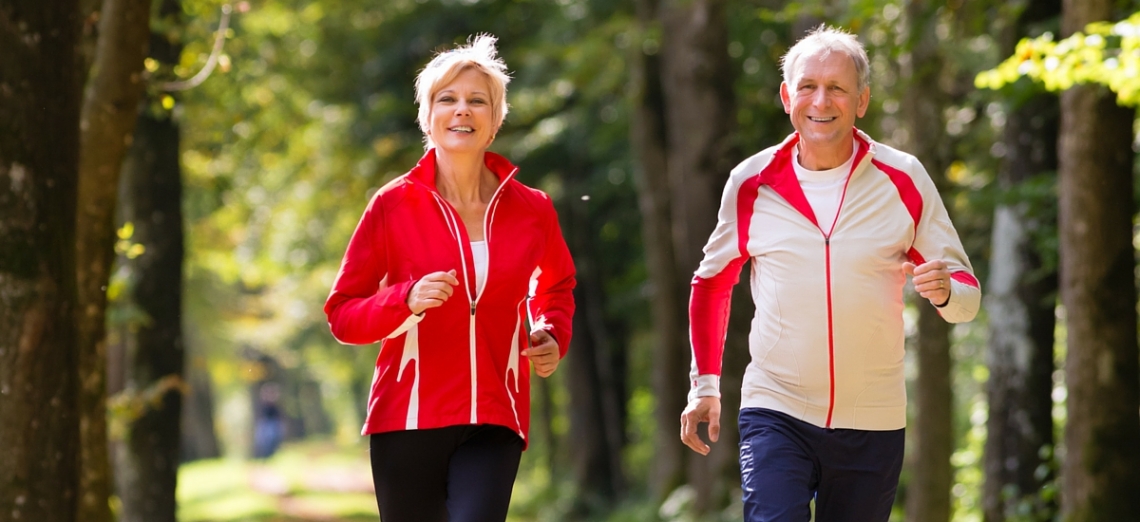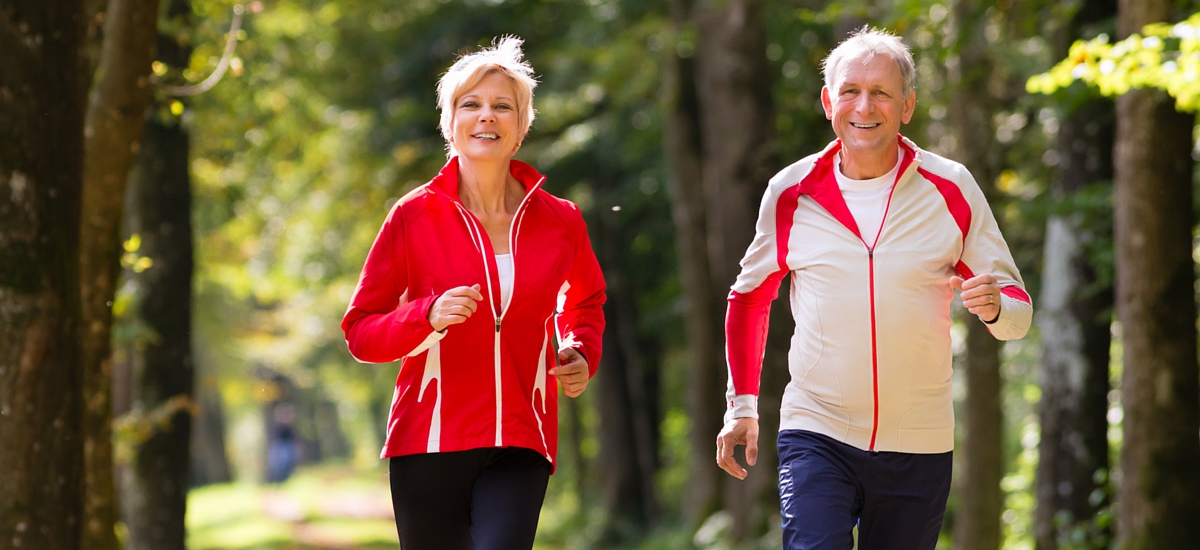
There’s no doubt that getting older changes your body and appearance, but it also affects your ability to exercise. Your maximum heart rate declines with age, which means your heart and lungs can’t pump as much oxygen and blood to your muscles during intense physical activity. As a result, your muscles won’t be able to work as hard or as long as they once could. With age comes reductions in muscle mass, reducing the maximum effort you can sustain. Your tendons and ligaments will stiffen and shorten, reducing your natural range of motion and flexibility. And unless you’re very lucky, you’ll probably have some age-related problems with bones, joints and/or nerves, like arthritis or neuropathy, which will also affect your ability to move as freely as you once did in your younger years.
- Know your safety limits and the warning signs.
If you are new to cardio (aerobic) exercise, have been inactive for awhile, or have any medical conditions that could be affected by exercise, it’s very important that your health care provider clear you for exercise before you start. If you take any medications for blood pressure or heart disease, make sure you ask what effect they can have during exercise, whether you need to adjust your target heart rate accordingly, or if you should avoid any specific activities. If you have any chronic conditions (including diabetes or hypoglycemia), ask your doctor to identify any symptoms or signs (such as faintness, dizziness, chest pain, irregular heart beat or joint pain) that may mean you should stop your exercise session, as well as any special instructions for timing your exercise sessions in relation to eating or taking your medications.
- Have a plan.
Although you certainly can pick one cardio activity you enjoy and “just do it,” you may see better results and stay motivated longer if you make a plan first. To improve the three components of aerobic fitness (heart and lung performance, muscle endurance, and functional capacity), make sure your routine includes some of each of the following elements:
(A) Short bouts of higher intensity exercise
Getting your heart rate up into the upper half of your aerobic zone (70-80% of your MHR) is the best way to improve the ability of the heart and lungs to deliver blood and oxygen to your working muscles. The idea of “high intensity” exercise can be a little scary if you haven’t exercised in a while, but keep in mind that high intensity is relative to you—not to someone who’s 20 years younger or exercises regularly. You don’t have to sprint up a mountain or run a marathon. How much actual work you have to do to get your heart rate up to that level will depend on your current fitness level—it may be that a moderate walking pace up a small hill will work for you. As your fitness improves over time, it will gradually take more work to raise your heart rate high enough, so as long you’re monitoring your heart rate during exercise, you’ll know when to increase your effort and when to slow down a little without having to worry about finding out what’s too much the hard way. This link will help you calculate your heart rate range for exercise.
(B) Longer bouts of moderate intensity exercise
Each time you exercise, you help train your muscles to use the oxygen that your heart and lungs deliver. But if you only exercise your legs (by biking, for example), the rest of your muscles aren’t going to get much out of it. This is why doing a variety of different exercises is important for overall fitness. Walking on flat ground, walking uphill and downhill, and riding a bike will each work your lower body muscles in different ways, and a combination of these will provide the overall balanced development you need for your lower body. Playing tennis, volleyball, or golf (without a cart) will add the upper body work you need, as will swimming, water aerobics, and most other activities that involve continuous use of your upper and lower body muscles at the same time. Because you won’t be working as hard during these moderate intensity sessions (55-70% of your MHR), you can make them a little longer. That way, your muscles will build endurance.
( C ) Warm-ups, cool-downs and stretches
The older we get, the more likely we are to have problems with ligaments, tendons, joints and the small muscles we don’t think of when we’re making our exercise plans. The best way to prevent these problems is to include a warm up at the beginning of your cardio workout, a cool down at the end, and some stretching when you’re finished.
- Be creative and have fun!
There’s no rule that says your cardio exercise plan must include walking, jogging, biking or swimming. While those activities are popular and provide great workouts, the best way to stick to your plan is to pick activities that you actually enjoy doing. Anything that keeps you moving and gets your heart rate up will do the trick—dancing, gardening and yard work, even chasing the grandkids in the park could all count as exercise!
